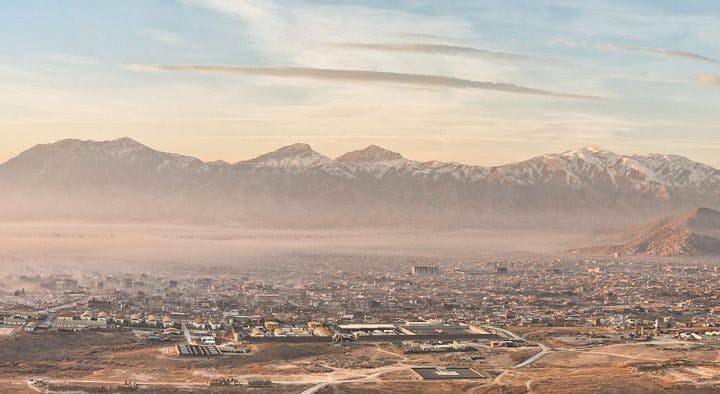Fall 2010
Decentering Kabul
– The Wilson Quarterly
For Afghanistan to succeed, is the answer decentralized government?
Since 2001, the government of Afghanistan, led by Hamid Karzai and backed by the United States, has struggled to build a centralized democracy. The 2004 constitution placed nearly all executive, legislative, and judicial authority in Kabul. But centralization does not sit well with local authorities in Afghanistan’s rugged countryside. Past attempts at centralization have always failed, from Amanullah Khan’s doomed effort to become Afghanistan’s Kemal Atatürk in the 1920s to the Soviet-backed communist power grab in the late 1970s, which resulted in years of civil war.
“Put simply, the current model of Afghan governance is too radical a departure” from what has worked in Afghanistan historically and the “underlying social and political framework” that exists today, declare Stephen Biddle of the Council on Foreign Relations, Fotini Christia of MIT, and J. Alexander Thier, of the U.S. Institute of Peace. It’s time to start looking at what is actually possible in Afghanistan and work toward the most acceptable options.
Biddle and his colleagues say there are only four outcomes with any real likelihood of emerging: decentralized democracy; a regulated mix of democratic and nondemocratic territories; a partitioned group of “ministates”; and anarchy. The latter two are not acceptable, but either of the first two could fulfill the United States’ two main security interests: barring terrorists who hope to attack the United States and its allies and denying shelter to insurgent groups that could destabilize neighboring Pakistan.
Local councils, called shuras, are found in “virtually every community,” and could become the foundation of a decentralized system. Their traditional authority would provide much-needed stability. In a decentralized democratic model, local governments would need to hold elections and have some degree of transparency. Kabul would hand over its authority to dictate local budgets, design justice systems, and select local officials. Such a system would be difficult to achieve, requiring ongoing U.S. administrative assistance and a sustained counterinsurgency campaign against Taliban members who oppose democracy on principle.
Easier to achieve but less palatable would be a system of mixed sovereignty, in which local authorities would rule without elections or transparency. Kabul would have to enforce three strict “redlines” in order for this system to remain consistent with U.S. security interests: Don’t host terrorists or insurgents. Don’t mess with other local districts, by, for example, diverting their water. And don’t participate in narcotics trafficking, large-scale theft, or the exploitation of state-owned natural resources. If those lines can be toed, a system of mixed sovereignty could balance the realities of Afghanistan with U.S. policy aims.
The downside: “This would represent a retreat from nearly nine years of U.S. promises of democracy, the rule of law, and basic rights for women and minorities, with costs to innocent Afghans and the prestige of the United States.” But, sadly, those promises may be impossible to keep.
THE SOURCE: “Defining Success in Afghanistan” by Stephen Biddle, Fotini Christia, and J. Alexander Thier, in Foreign Affairs, July–Aug. 2010.
Photo courtesy of UK Ministry of Defence
